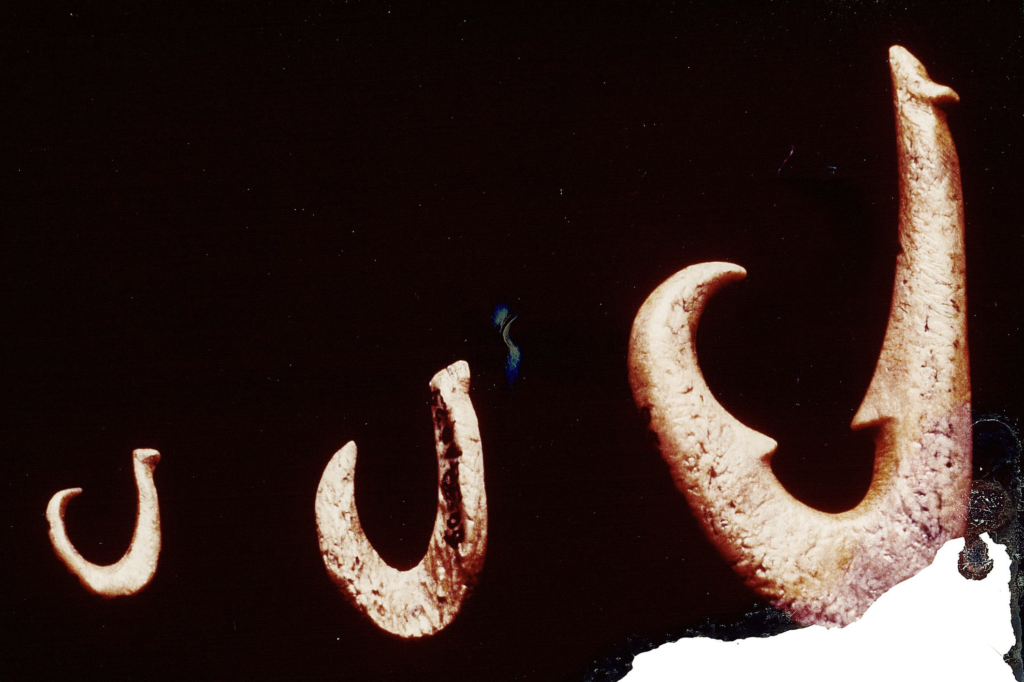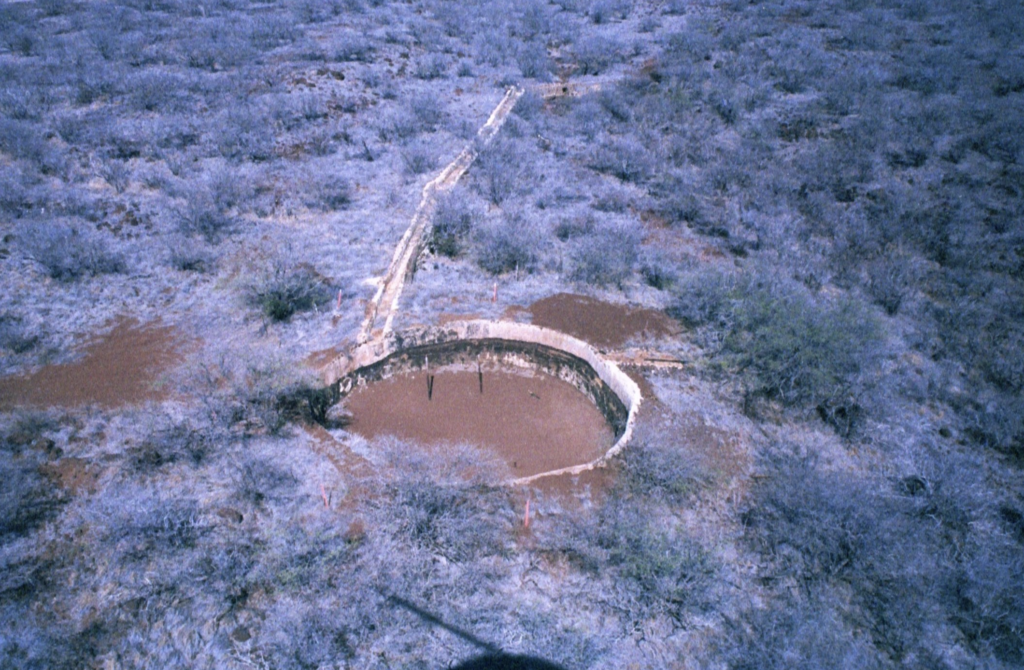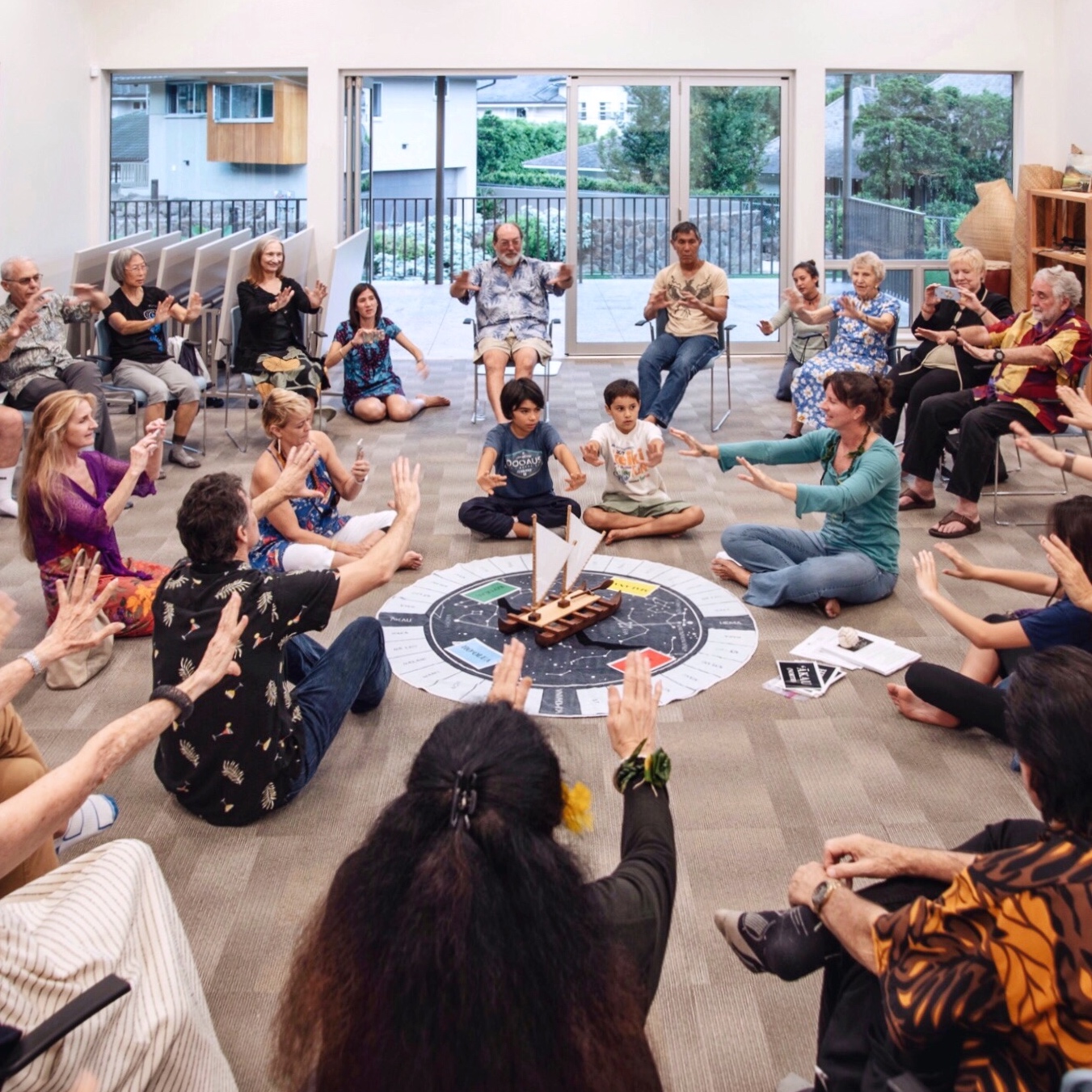Virtual Kahaukani Conversations – Farming & Fishing
Farming and Fishing in Ancient Hawaiʻi – Three Examples: Kōloa, Kauaʻi; Kawākiu, Molokaʻi; and Kahoʻolawe
For our most recent Kahaukani Conversations, we were fortunate to have Dr. Hallett Hammatt, archaeologist and founder of Cultural Surveys Hawaiʻi, speak with us. Dr. Hammatt has been working in the field of archaeology and historic preservation for 40 years, founding Cultural Surveys in 1982. His expertise in Hawaiian archaeology includes agricultural systems, lithic studies (the study of stone and stone artifacts), geoarchaeology (the study of the natural processes that affect archaeological sites), and sediment studies. He has worked throughout the Hawaiian islands and on the U.S. mainland.

System of ʻauwai (water channels) at Kōloa on Kauaʻi. 
Mound for growing sweet potato found at Kōloa.
Dr. Hammatt shared with us some of the things that he and his team found while working on Kauaʻi, Molokaʻi, and Kahoʻolawe. On Kauaʻi, they discovered and helped to preserve a system of ʻauwai or water channels used in agriculture and saw how ancient Hawaiians used ingenuity and engineering to get water and soil to a place that had none. On Molokaʻi they excavated a small shelter near the beach that was determined to be the workplace of a craftsman who mastered the art of making fishhooks. And on Kahoʻolawe they discovered an adze quarry in the center of the island, studied the landscape of the past and present, and found traces showing how ancient Hawaiians were able to not just survive but thrive and bring agriculture to an arid, barren environment.

Fishhooks found at Kawākiu, Molokaʻi. 
An old water reservoir on Kahoʻolawe.
View the video below to listen to Dr. Hammatt’s stories and learn more about the interesting and amazing things that he discovered about ancient Hawaiian culture and life. We can learn so much from the early Hawaiians’ ingenuity and resourcefulness!
This program was made possible with support from the Atherton Family Foundation, G. N. Wilcox Trust, Island Insurance, and Mālama Mānoa.

